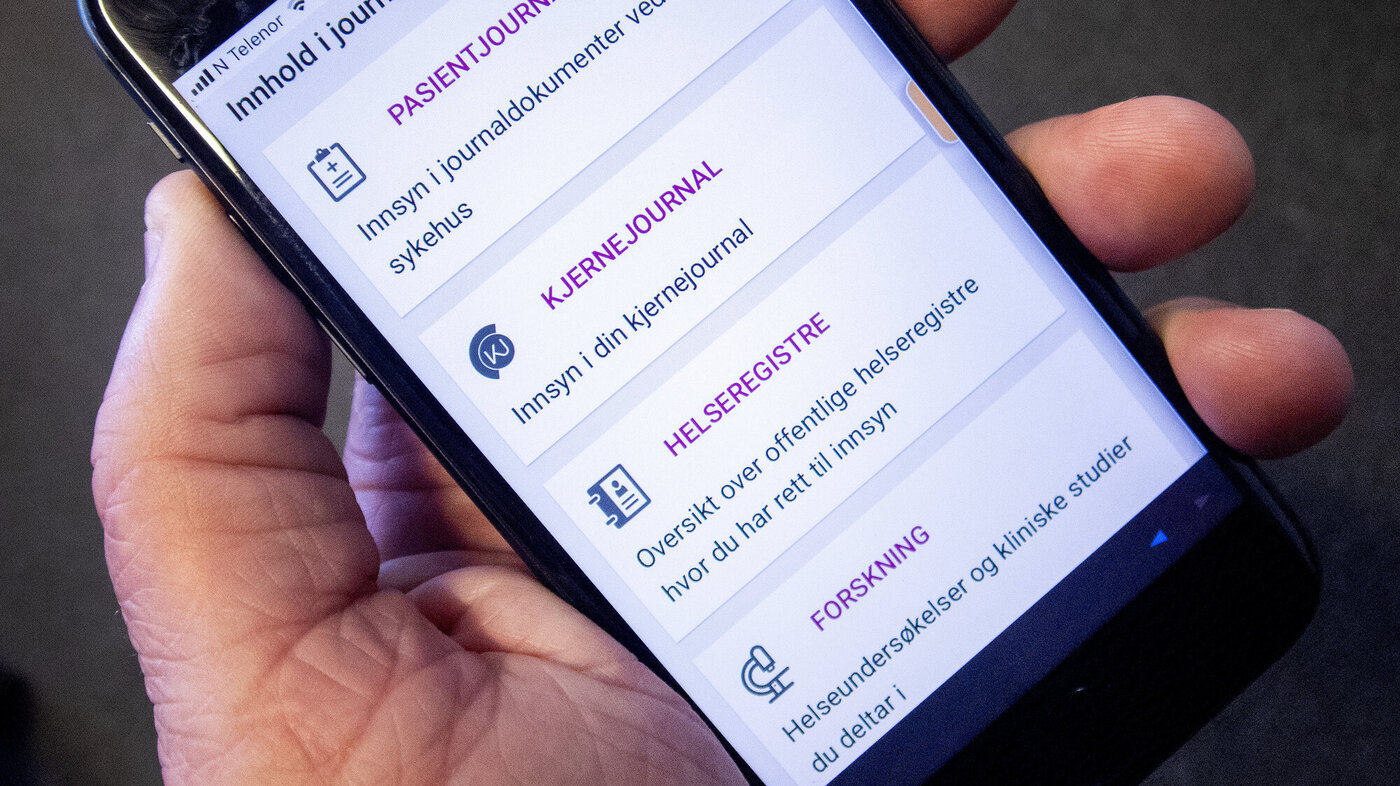Flest negative høringssvar om forslaget til ny e-helselov

Helseminister Bent Høie (H) lovet å gjøre arbeidsdag og behandling bedre med digital helsetjeneste. Men de fleste som har svart på høringen, er negative. NSF vil ha statlig finansiering.
Høies forslag til ny e-helselov ble lagt frem i slutten av oktober i fjor, og høringsfristen utløp 15. januar, skriver Dagsavisen.
Oslo kommune, Legeforeningen og Abelia er blant dem som advarer mot at lovforslaget vil føre til enda høyere kostnader, enda lavere innovasjonsevne, mer forsinkelser og tregere digitalisering.
Les høringsbrev og høringssvar her.
NSF: Vil ha statlig finansiering
Norsk Sykepleierforbund (NSF) mener at det må være statlig finansiering av nasjonale e-helseløsninger.
Det skriver nestleder Silje Naustvik i en e-post til Sykepleien.
Hun skriver videre:
– Statlig finansiering vil gjøre det lettere for aktørene å ta løsningene i bruk, og man kan raskere nå målet om gode og effektive helse- og omsorgstjenester.
Les NSFs høringssvar her.
– Involvering av helsepersonell er svært viktig
Silje Naustvik viser til at fag- og profesjonsforeningene fortsatt ikke er representert i styringsmodellen, selv om det er disse som skal bruke løsningene:
– Både forskning og erfaring tilsier at god og reell involvering av helsepersonell er svært viktig for at man skal lykkes med innføring av digitale løsninger. Man velger å ikke inkludere disse. Dette siste er en stor svakhet i styringsmodellen, skriver NSF-nestlederen Silje Naustvik.
Legepresidenten: – Gir mindre tid til pasientene
– For pasientenes del betyr det at digitale pasientløsninger skyves enda lenger ut i tid. Helsepersonell må i tillegg bruke mer tid på journalsystemet, noe som igjen gir mindre tid til pasientene, sier Marit Hermansen, president i Legeforeningen.
KS, Tannlegeforeningen, Apotekforeningen, Psykologforeningen, Drammen kommune, Asker kommune og sykehusforetakene er også negative, både til styringsmodellen og finansieringsmodellen.
Kritisk til at enkeltpasienter ikke er utgangspunktet
Legeforeningen, der rundt 95 prosent av alle yrkesaktive leger i Norge er medlemmer, mener forslaget er svakt, fordi det ikke tar utgangspunkt i helsetjenestens hovedformål, nemlig å yte sikker og effektiv helsehjelp til enkeltpasienter.
Helse- og omsorgsdepartementet (HOD) opplyser i en kommentar til høringssvarene at det arbeider med gjennomgang og vurdering av høringsinnspillene og derfor ikke kan kommentere saken.















0 Kommentarer